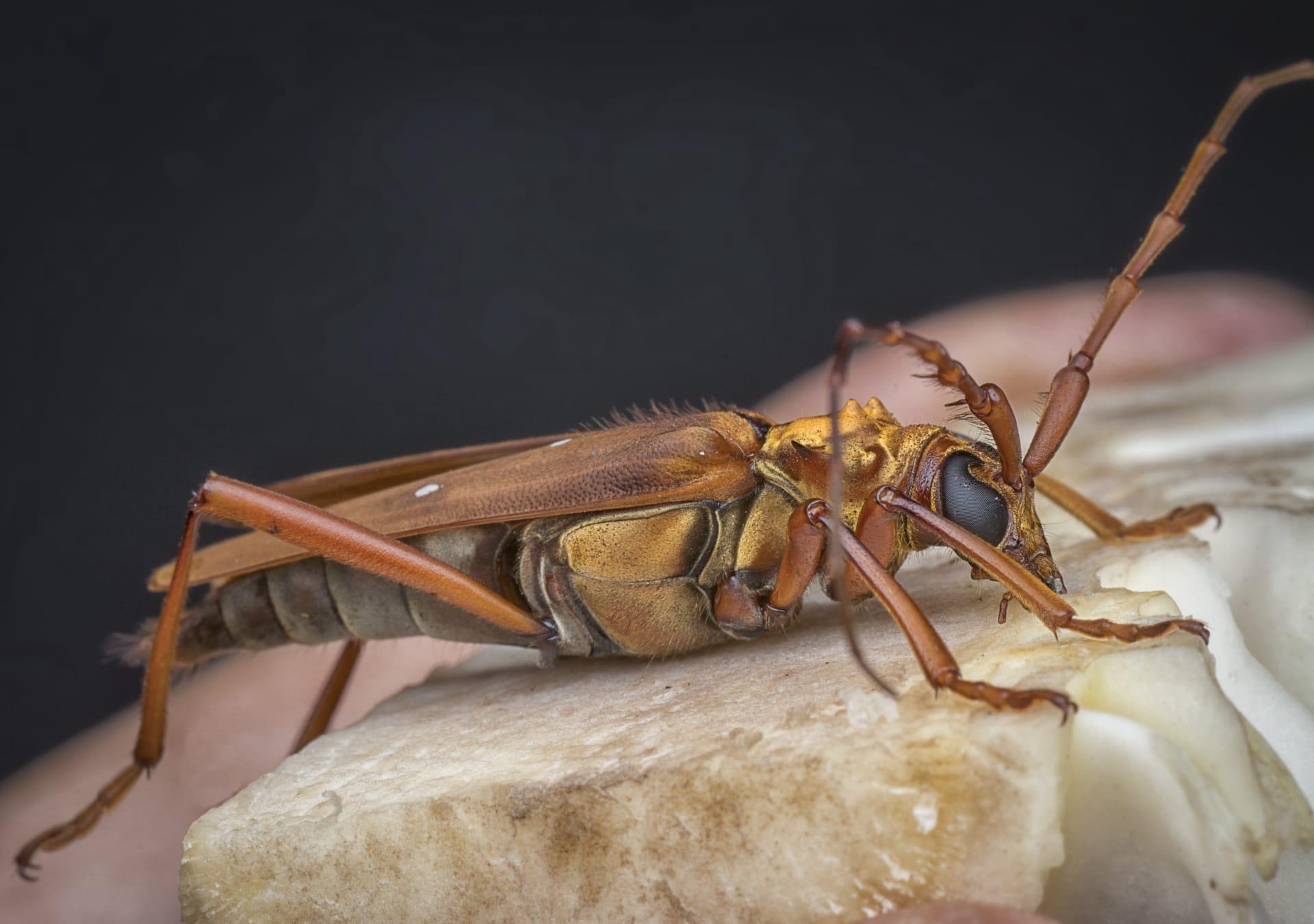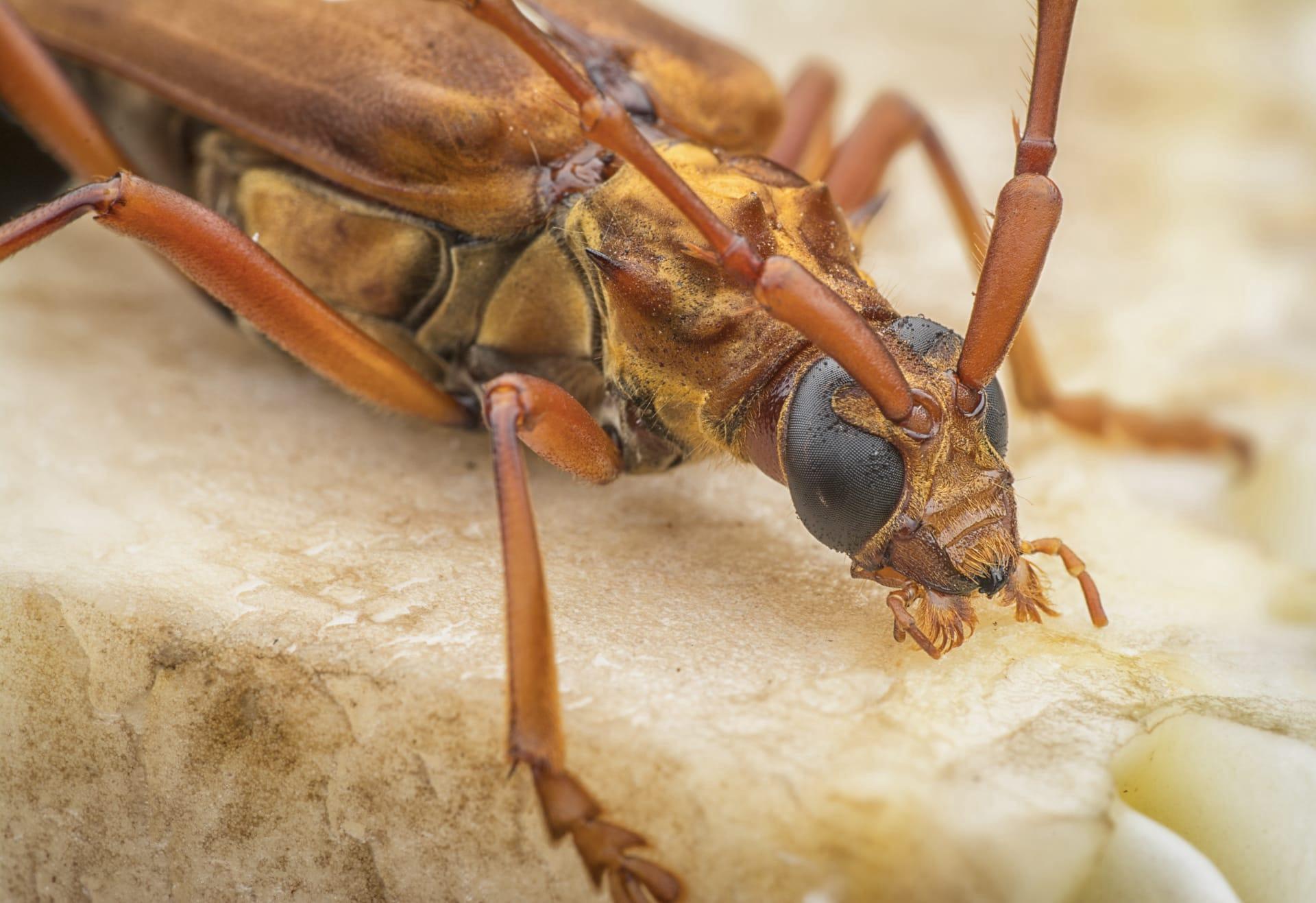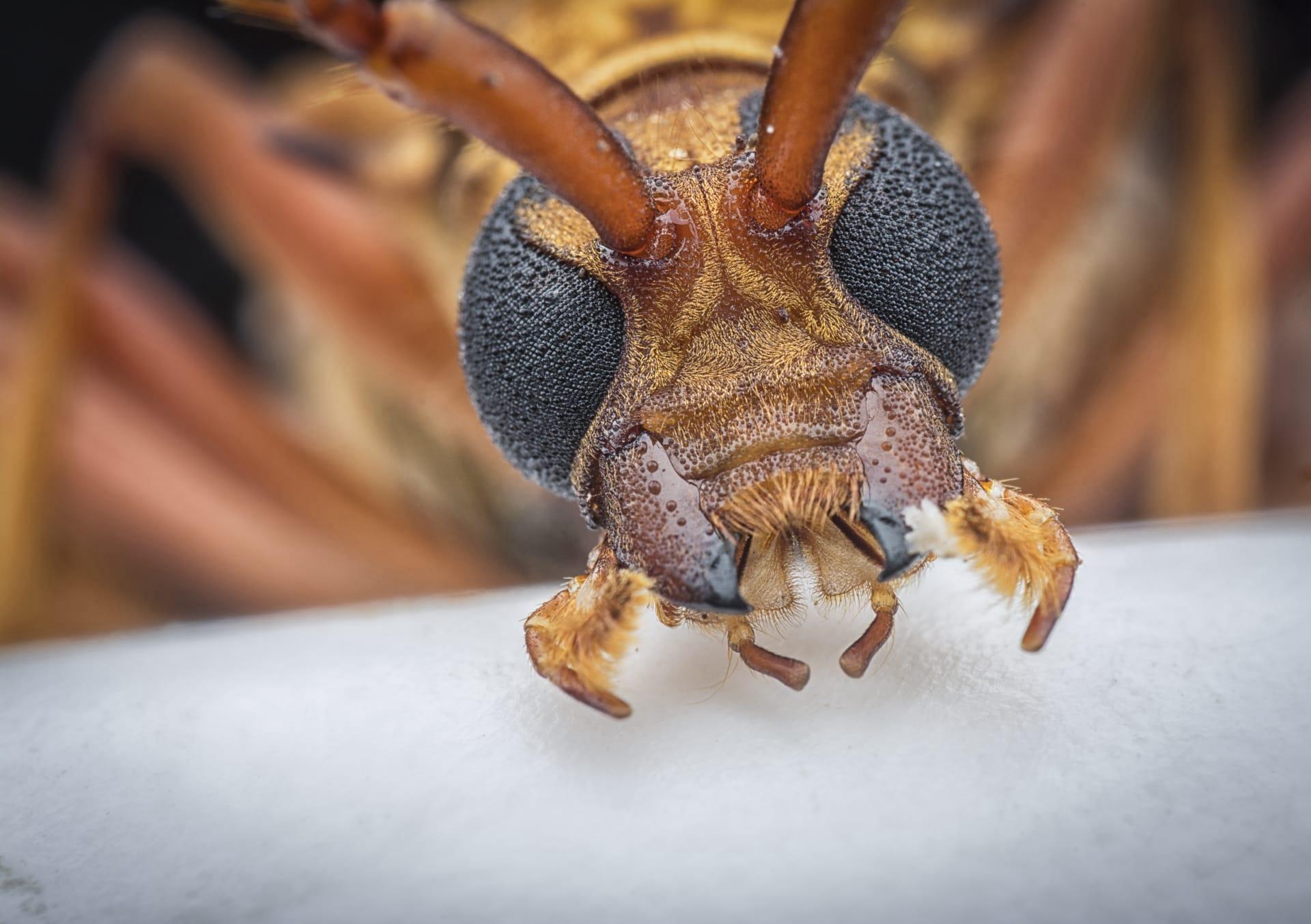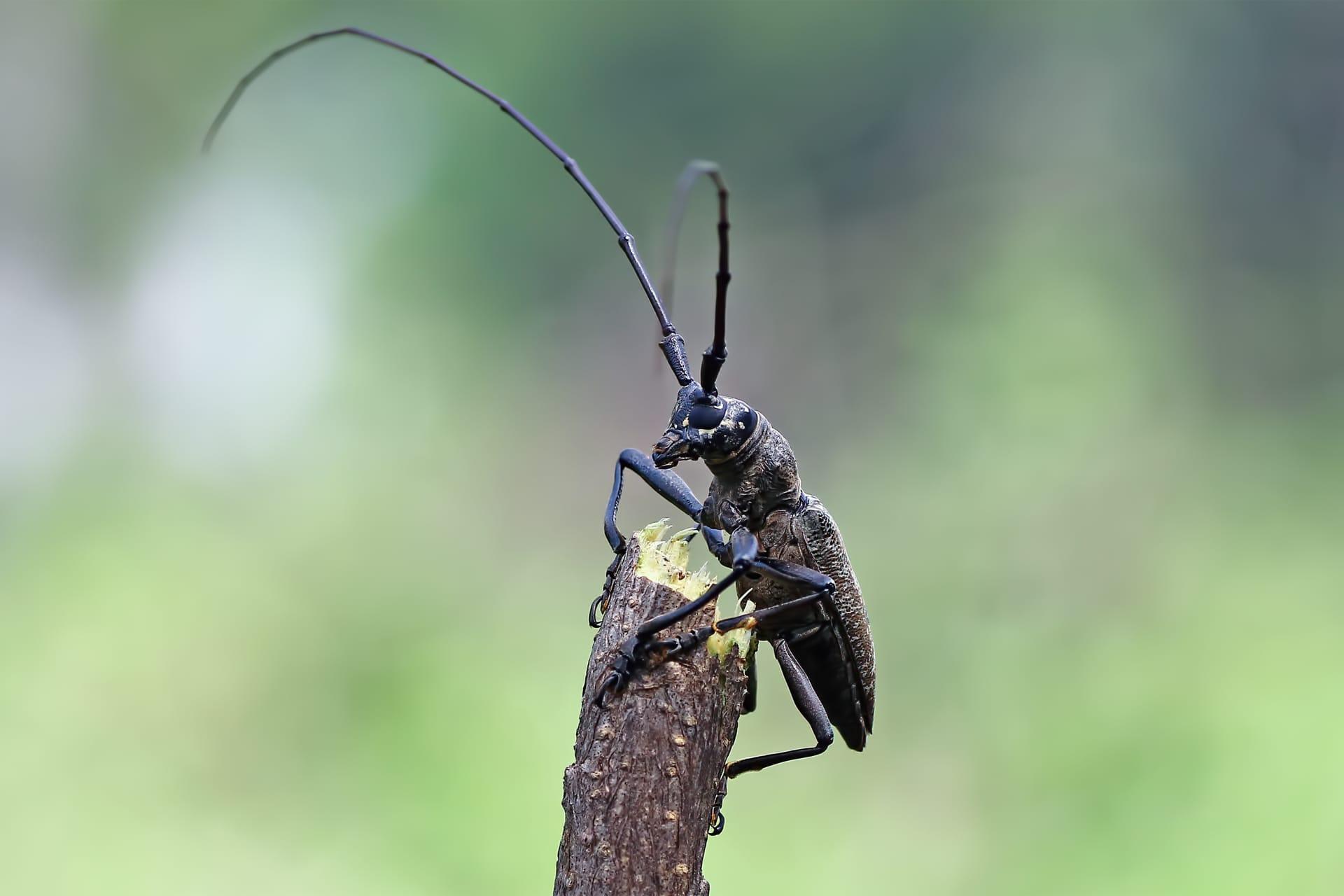1
The Asian beetle, scientifically known as Harmonia axyridis, is quite a globetrotter. Originally hailing from eastern Asia, these beetles have made their way to North America and Europe. Their journey began in the late 20th century when they were introduced in these continents as a biological control agent to manage aphid populations. What's fascinating is their adaptability – these beetles have thrived in new environments, showcasing their resilience and versatility.
Asian beetles display a remarkable range of colors and patterns on their wings, known as elytra. While we commonly see them in red or orange with black spots, their appearance can vary significantly. Some may have as many as 19 spots, while others might have none at all. This variability isn't just for show; it plays a crucial role in their survival. The differing patterns help them blend into various environments, acting as a natural camouflage against predators.

2
One intriguing aspect of the Asian beetle is its defensive mechanism. When threatened, these beetles secrete a yellow fluid from their leg joints, which contains chemicals that deter predators. This substance not only has a strong, unpleasant odor but also can stain surfaces. This defense strategy is effective in warding off birds, lizards, and other potential threats. It's a classic example of chemical warfare in the insect world.
Asian beetles are not just wanderers but also survivors through the cold. They can withstand freezing temperatures by producing a natural antifreeze compound in their bodies. This glycerol-based substance prevents their cells from freezing, allowing them to survive in climates that would be lethal to many other insects. This ability to endure extreme cold has enabled them to thrive in diverse geographic regions, from the warm climates of their native Asia to the colder regions of North America and Europe.

3
The Asian beetle's appetite for aphids makes them a friend to farmers and gardeners. A single beetle can consume hundreds of aphids per day, making them highly effective in controlling these pests naturally. This appetite is not limited to aphids; they also feed on scale insects and other soft-bodied pests, providing a significant benefit in agricultural and horticultural settings.
Interestingly, the population dynamics of Asian beetles are influenced by daylight. As the days shorten in autumn, they begin to seek out overwintering sites. This behavior is triggered by the decreasing length of daylight, not temperature. They often gather in large numbers on the sunny sides of buildings, trees, and other structures, preparing for the winter. This aggregation can sometimes lead to them entering homes, seeking warmth and shelter.

4
Asian beetles exhibit a unique form of mimicry known as Müllerian mimicry. This is where two or more harmful species, such as the Asian beetle and certain ladybugs, evolve to look alike. This resemblance provides a mutual benefit, as predators learn to avoid them after a few unpleasant encounters. This form of mimicry reinforces the 'safety in numbers' concept, where the similarity in appearance reduces the risk of predation for all species involved.
Another fascinating fact about Asian beetles is their lifecycle. They undergo complete metamorphosis, meaning they have four distinct stages in their life cycle: egg, larva, pupa, and adult. The larval stage is particularly voracious, feeding almost constantly to accumulate energy for the transformation into adults. This lifecycle allows them to be effective in different roles at each stage, from consuming pests as larvae to reproducing and dispersing as adults.

5
Communication is key in the world of Asian beetles. They use pheromones to communicate with one another, especially when it comes to aggregating for overwintering. These chemical signals guide others to suitable locations, ensuring they cluster together for warmth and protection during the colder months. This social behavior is crucial for their survival in harsh climates.
Finally, the impact of Asian beetles on local ecosystems is a double-edged sword. While they control aphid populations, their presence can sometimes disrupt native species and ecosystems. In areas where they've been introduced, they can outcompete and displace native ladybug species. This impact highlights the complexity of introducing non-native species as biological control agents, a practice that can have unintended consequences on local biodiversity.